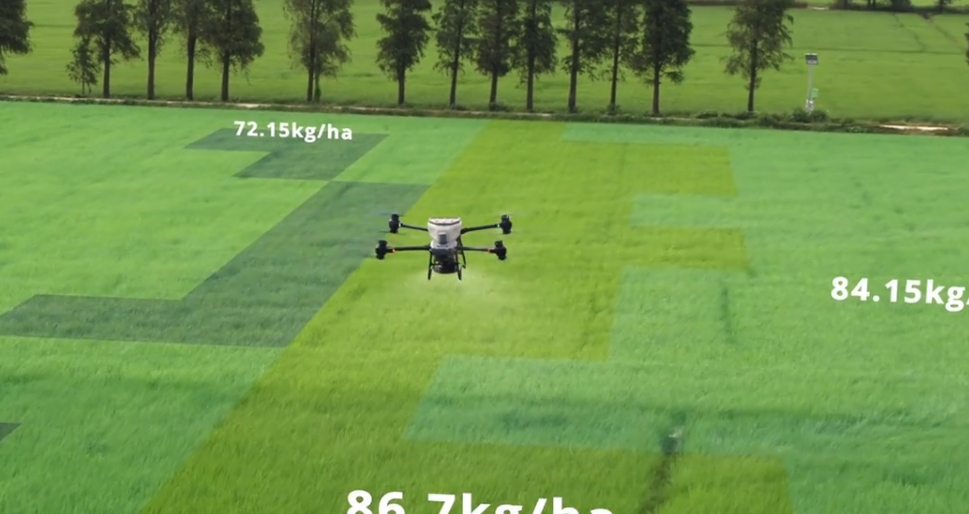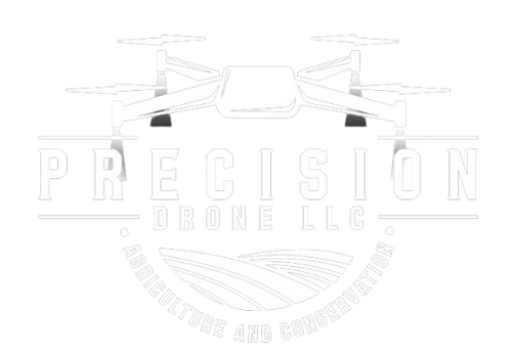
Insect pests pose a significant threat to crop health, potentially causing substantial losses if not managed effectively. Precision Drone LLC offers targeted insecticide applications using advanced drone technology, providing Michigan farmers with a powerful tool to protect their crops. This blog post discusses the advantages of using drones for insecticide applications, focusing on efficiency, precision, and environmental benefits.
The Importance of Insecticide Applications
Insect pests can damage crops by feeding on leaves, stems, and fruits, leading to reduced yields and compromised quality. Traditional insecticide applications often involve broad-spectrum spraying, which can affect non-target organisms and the environment. Drones offer a more targeted and sustainable approach, applying insecticides precisely where needed.
Advantages of Drone-Based Insecticide Applications
- Targeted Application: Drones can precisely apply insecticides to specific areas, reducing the overall amount of chemicals used. This targeted approach minimizes the impact on beneficial insects and the environment.
- Efficiency and Speed: Drones can quickly cover large areas, ensuring that insecticide treatments are applied promptly. This efficiency is crucial for managing pest outbreaks and preventing extensive crop damage.
- Reduced Labor Costs: Drone-based applications reduce the need for manual labor, lowering operational costs and increasing overall efficiency. This benefit is particularly valuable for large-scale farming operations in Michigan.
- Enhanced Safety: Drones reduce the risk to workers by minimizing their exposure to chemicals. This safety benefit is essential for maintaining a healthy and productive workforce.
Conclusion
Precision Drone LLC is dedicated to providing innovative solutions for crop protection. Our insecticide application services help Michigan farmers manage pest threats efficiently and sustainably. Contact us today to learn more about how our drone technology can safeguard your crops and enhance your farming operations.



